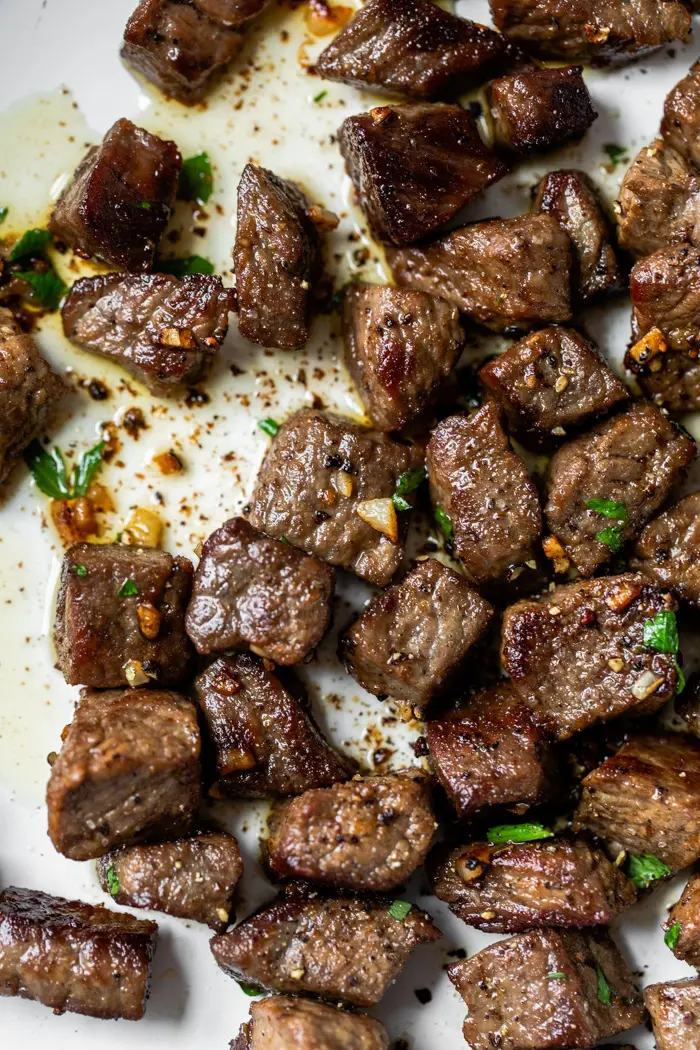Meat Cooking Techniques to Perfect Cooking, Roasting, and Much more
Meat Cooking Techniques to Perfect Cooking, Roasting, and Much more
Blog Article
From Farm to Table: Fresh and Premium Meat Choices
The journey of meat from ranch to table envelops a complicated interplay of top quality, principles, and sustainability. With a raising emphasis on fresh and exceptional options, customers are currently more likely to consider the origins of their food, leading to a renewed concentrate on lasting farming techniques and animal welfare requirements. This change not only boosts the dietary profile of meat however also supports regional economic situations. Nevertheless, the ramifications of these choices expand far beyond personal health and wellness and regional farming. What does this mean for the future of food systems and customer practices?
Understanding Meat Sourcing
As consumers become significantly conscious of the origins of their food, comprehending meat sourcing has acquired paramount value. Meat sourcing involves mapping the trip of meat from farm to table, incorporating numerous elements such as farming methods, animal well-being, and ecological impact. This understanding empowers customers to make informed options that straighten with their values, specifically relating to sustainability and ethical factors to consider.
The sourcing of meat can differ significantly based on several criteria, including the sort of livestock, farming approaches, and geographical location. Grass-fed beef usually comes from pasture-based systems that advertise pet welfare and minimize ecological degradation. On the other hand, conventional meat may entail extensive farming techniques that raise worries regarding antibiotic usage and habitat devastation.
Knowing the certain ranch or region where the meat stems aids customers make certain top quality and security. Eventually, understanding meat sourcing not just improves customer choice yet likewise promotes responsible intake and supports ethical farming methods.
Advantages of Fresh Meat
Choosing fresh meat uses many advantages that extend beyond flavor and appearance. Fresh meat normally keeps higher nutritional value contrasted to its frozen or refined counterparts. It is usually richer in necessary vitamins and minerals, such as B vitamins, iron, and zinc, which are important for maintaining general health.
Moreover, the sourcing of fresh meat usually involves much shorter supply chains, minimizing the time in between ranch and table. This implies that the meat is much less most likely to lose its nutritional honesty during transportation and storage. Additionally, customers can experience improved preference and juiciness, which can raise culinary experiences.
Fresh meat also gives a possibility for consumers to support local farmers and promote lasting farming methods. When acquiring from neighborhood sources, people can contribute to their local economic climate and cultivate a higher link to the food they consume.
Lastly, fresh meat is generally without the chemicals and ingredients typically found in processed alternatives. This makes it a cleaner, much healthier choice for those looking to minimize their consumption of artificial active ingredients. In general, the benefits of selecting fresh meat include health, taste, and a feeling of neighborhood involvement.
Animal Well-being Specifications
Making certain high animal welfare requirements is crucial for both ethical considerations and the high quality of meat items. The therapy of animals straight influences not just the honest implications of meat production but likewise the general quality and security of the end items. Pets elevated in humane conditions are much less worried, causing much healthier pets and, subsequently, premium meat quality.
Regulations and accreditations worrying pet welfare have actually become increasingly substantial in the meat sector. These frameworks ensure animals are given with adequate area, proper nutrition, and humane handling throughout their lives. Practices such as pasture-raised systems and free-range environments add to far navigate to these guys better pet welfare by enabling animals to exhibit all-natural actions, which is crucial for their health.
Moreover, customers are ending up being extra discerning pertaining to the sources of their meat, causing a growing demand for products that stick to rigid animal well-being standards. This change not just advertises ethical farming techniques but also encourages producers to adopt actions that improve the wellness and well-being of their animals. Meat. Inevitably, focusing on pet well-being is not just an ethical imperative; it is additionally a pathway to producing premium-quality meat that satisfies consumer assumptions

Sustainable Farming Practices
Lasting farming practices play an essential function in boosting both pet welfare and read this article the quality of meat items. These practices emphasize the importance of ecological stewardship, honest treatment of animals, and source performance. By carrying out rotational grazing, farmers can promote healthy field ecosystems, permitting pets to feed upon nutrient-rich grasses while protecting against overgrazing. This technique not only supports animal health however also enhances the soil, minimizing the requirement for synthetic plant foods.
In addition, sustainable farming often incorporates integrated parasite management and natural feed choices, decreasing the use of harmful chemicals. This method not only safeguards animal well-being however additionally causes cleaner, much safer meat items for consumers. Water conservation strategies, such as rain harvesting and efficient irrigation systems, further add to sustainable practices, ensuring that sources are used sensibly.
Furthermore, cultivating biodiversity with polyculture systems and maintaining environments for wildlife improves the durability of farming communities. By focusing on these sustainable approaches, farmers can create top notch meat that meets consumer need while advertising ecological equilibrium. Ultimately, embracing lasting farming practices is crucial for creating you could check here a more responsible and resilient food system that profits animals, farmers, and customers alike.
Picking Quality Over Amount
Often, consumers are encountered with the problem of selecting between amount and quality when it concerns meat items. While acquiring bigger quantities might appear economically useful, the long-term advantages of picking high-grade meat far exceed the immediate savings. Quality meat is frequently sourced from pets raised in lasting atmospheres, where they are provided appropriate nourishment and treatment, causing exceptional flavor and dietary worth.
Top notch meats are usually without damaging additives, hormones, and antibiotics that are usually present in mass-produced options (Meat). This not only ensures a much healthier eating experience but also sustains honest farming techniques that prioritize animal welfare. Additionally, premium meats have a tendency to have a much better appearance and flavor, boosting the total cooking experience
Purchasing top quality meat encourages consumers to value smaller sized portions, enabling a more mindful technique to consuming. This shift not just impacts individual health favorably but likewise advertises lasting intake patterns that can benefit the environment. Finally, prioritizing high quality over amount when selecting meat items cultivates an extra liable and health-conscious way of life, eventually enriching both the dining experience and the earth.
Final Thought

Report this page